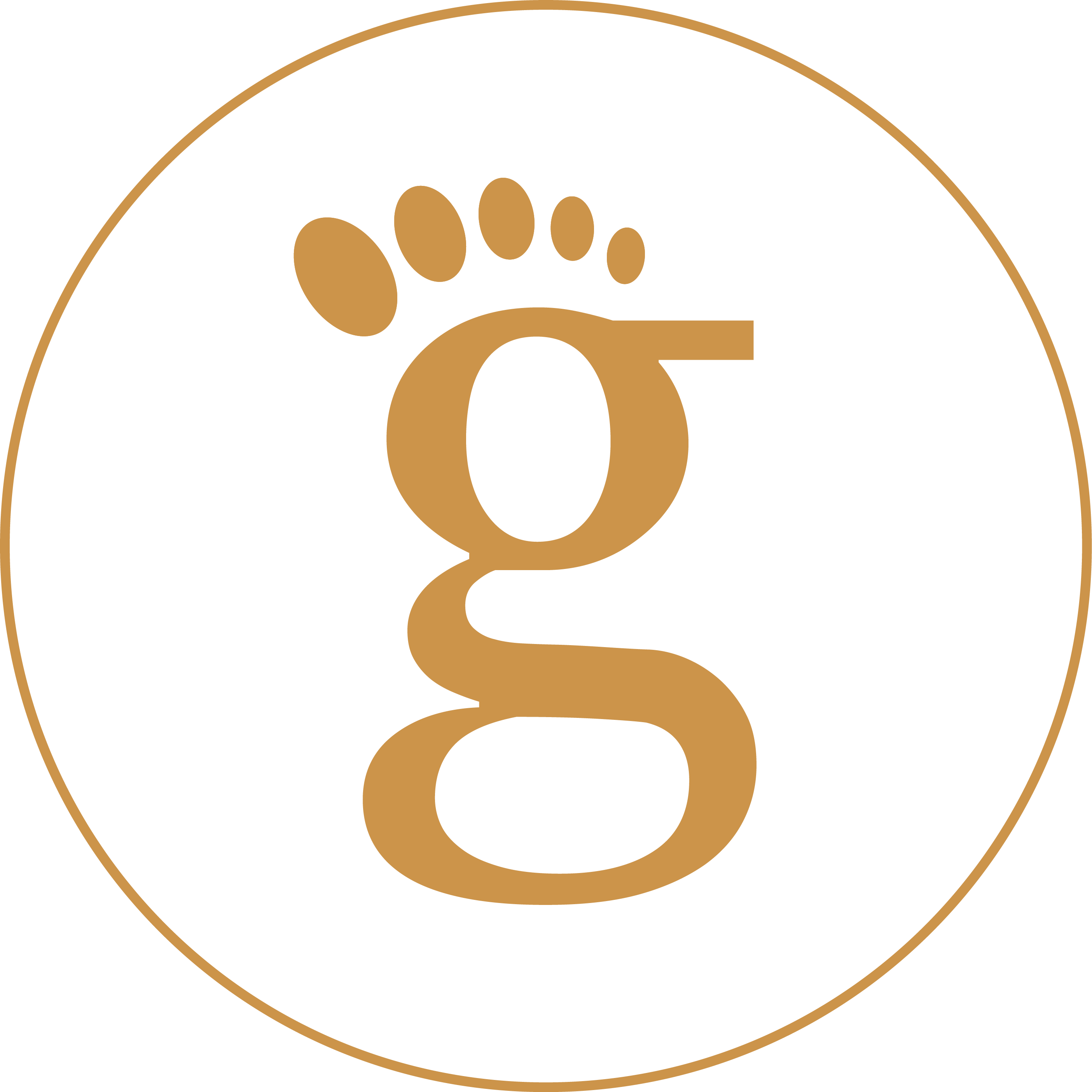bunion treatment

A bunion is a bony bump that forms at the base of your big toe. These painful bumps are often exacerbated by wearing tight-fitting shoes or due to age-related changes in your feet. Bunion treatment may include custom orthotics to redistribute weight and relieve pressure on the bunion, shoe modifications to reduce pressure, physical therapy to improve mobility and strength, and pain management techniques such as cortisone injections. Our podiatrist can provide expert care and guidance to help treat bunions and improve foot health.
what is a bunion?
A bunion is a bony bump that forms on the joint at the base of your big toe. It can be painful and make it difficult to walk or wear certain types of shoes. Bunions form when the bone or tissue at the big toe joint becomes misaligned. This can cause the big toe to bend towards the other toes and the bone at the joint to stick out.
bunion symptoms
Some common symptoms of a bunion include:
- A bulging bump on the outside of the base of your big toe
- Swelling, redness, or pain around the big toe joint
- Difficulty walking or moving your big toe
- Thickened skin or a corn on the top of the bunion
- Changes in the shape of your foot, such as your big toe pointing towards your other toes
Meet with our team to get started on your bunion treatment.
what causes a bunion?
There are several factors that can contribute to the development of a bunion, including:
- Genetic predisposition: A family history of bunions increases the likelihood of developing the condition. Certain foot structures and inherited foot mechanics can make an individual more prone to developing bunions.
- Foot structure and mechanics: Certain foot abnormalities, such as flat feet, abnormal foot arches, or excessive pronation (inward rolling of the foot), can contribute to the development of bunions. These conditions can disrupt the normal alignment of the bones and joints in the foot, leading to the formation of bunions.
- Improper footwear: Wearing tight, narrow, or high-heeled shoes can put pressure on the toes and squeeze them together, leading to the misalignment of the big toe joint. Prolonged use of such footwear can contribute to the development and progression of bunions.
- Foot injuries or trauma: Previous foot injuries or trauma, such as fractures or dislocations, can alter the normal structure and mechanics of the foot, increasing the risk of developing bunions.
- Joint conditions and inflammatory diseases: Certain joint conditions, such as rheumatoid arthritis and gout, can cause inflammation and joint deformities, including bunions.
- Gender and age: Bunions are more common in women than men, which may be due to the higher incidence of wearing tight or narrow shoes. Additionally, bunions tend to develop and worsen with age.
It’s important to note that bunions can develop over time and may not be caused by any one specific factor.
bunion treatment
There are several treatment options for bunions, including:
- Changing your footwear: Wearing shoes with a wider toe box and a low heel can help relieve pressure on your big toe and reduce pain.
- Padding: Using bunion pads or cushions can help protect the bunion and reduce discomfort.
- Splints or orthotics: Splints or orthotics can help hold your toe in a straight position and reduce the pressure on your bunion.
- Medications: Nonsteroidal anti-inflammatory drugs (NSAIDs), such as ibuprofen, can help reduce pain and swelling.
- Physical therapy: Stretching and strengthening exercises can help improve the range of motion in your big toe and reduce pain.
